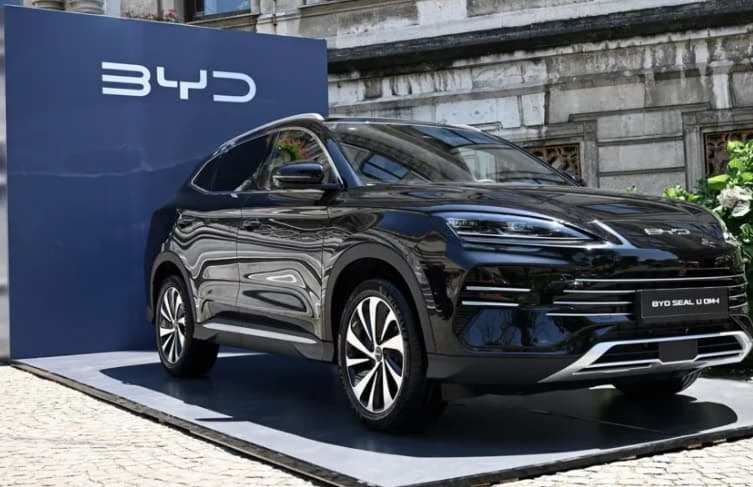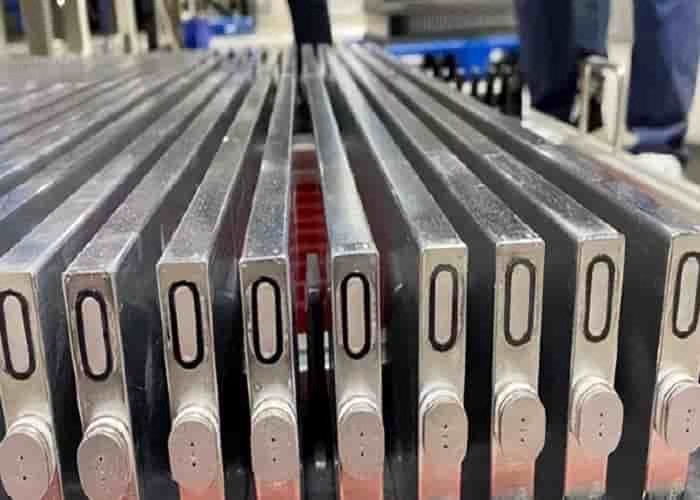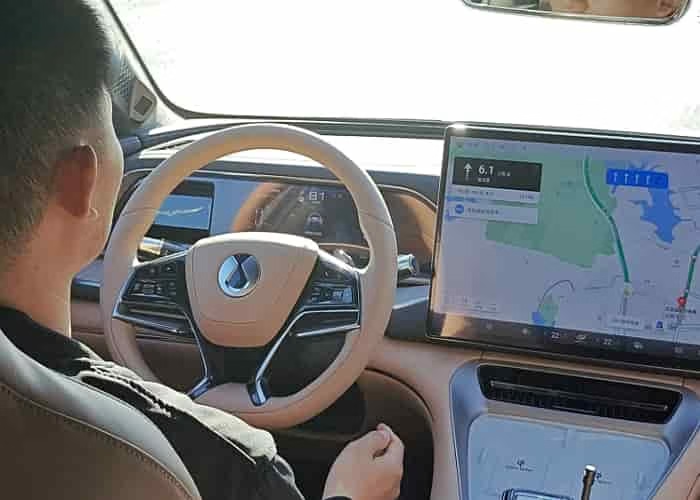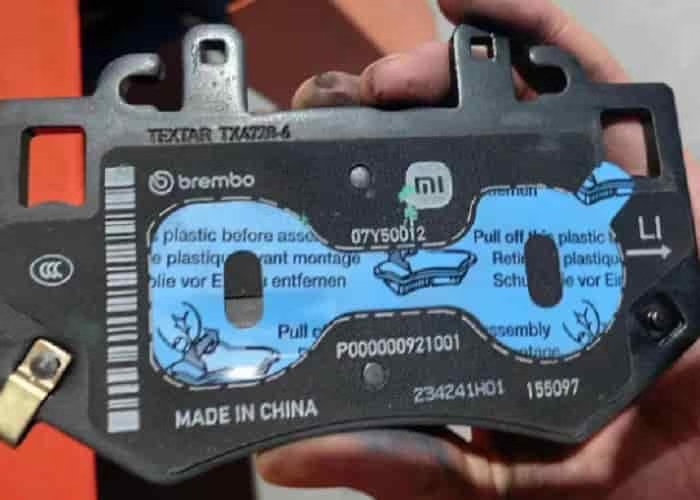What are Nev new energy vehicles? Now, the road running more and more new energy vehicles, but some friends have the wrong idea that new energy vehicles are pure electric vehicles, pure electric vehicles are new energy vehicles, the difference between the various types of new energy vehicles and lack of awareness. What types of new energy vehicles are there? What is the difference between the models? What are the advantages and disadvantages of each?
Today, the valley will give you to talk about this topic, I hope to help you understand the new energy vehicles.
What is a new energy vehicle?
According to July 9, 2012, China’s State Council issued the “energy-saving and new energy automobile industry development plan (2012 to 2020)”, it is clearly pointed out that at present, China’s new energy vehicles refers to: the use of a new type of power system, completely or mainly rely on a new type of energy-driven vehicles (other non-plug-in vehicles are defined as energy-saving vehicles).
According to this definition, new energy vehicles mainly include: pure electric vehicles, plug-in hybrid electric vehicles and fuel cell vehicles.
What do new energy vehicles include?
In order to make understanding more convenient and the logic more clear, this article divides new energy vehicles into: pure electric vehicles, hybrid electric vehicles and fuel cell vehicles.
The specific logical relationship is shown in the chart above, and the following is the introduction of them one by one in Rougu.
1、Pure electric vehicles – only rely on electricity
Pure electric vehicles (Blade Electric Vehicles, referred to as BEV, or EV), in common parlance, are vehicles that can only be driven by electricity. To be more specific, it is completely powered by rechargeable batteries (such as lead-acid batteries, nickel-cadmium batteries, nickel-metal hydride batteries or lithium-ion batteries), and then use the motor to drive the wheels of the car.
Pure electric vehicles can be recharged through household power (ordinary sockets), dedicated charging piles or specific charging places to meet our daily driving needs .
This is also the mainstream of the current new energy vehicle market. Tesla is one of the best-selling representatives of pure electric vehicles, and many of the DDTs that we take on our daily trips are also pure electric vehicles.
Advantages: zero-emission and pollution-free, low noise, low cost, simple structure, high energy conversion efficiency, purchase subsidies, no lottery in big cities;
Disadvantages: high price, small range, long charging time, inconvenient charging, short battery life, expensive replacement of battery modules, large battery weight.
2、Hybrid Electric Vehicle – can rely on oil can also rely on electricity
Hybrid Electric Vehicle (HEV), commonly known as a car driven by two sets of power systems, one engine-driven, the other motor-driven, that is, you can rely on oil can also rely on electricity.
Hybrid vehicles can be generally categorized into ordinary hybrids and plug-in hybrids.
And according to the proportion of motor-driven power to the power of the whole vehicle (i.e., the degree of hybridization), they can be divided into: slight hybrid, light hybrid, medium hybrid and heavy/full hybrid.
Ordinary hybrid – equivalent to a more fuel-efficient fuel car
The engine of a normal hybrid car is still the main power, and the electric motor is only the auxiliary power, and some models even only use the electric motor to help when starting and going uphill, so it is only equivalent to a more fuel-efficient fuel car.
Twin-engine models like the Leyland and Corolla are basically hybrids. And we should note that ordinary hybrid cars are not considered new energy vehicles in the strict sense of the word, and the license plate is still blue, not green.
Therefore, we will not do too much discussion here, and focus on the following plug-in hybrid cars.
Plug-in hybrid – equivalent to a normal hybrid car + plug-in port
Plug-in hybrid electric vehicle (Plug-in hybrid electric vehicle, referred to as PHEV), is a new energy vehicle between pure electric vehicles and fuel vehicles, it is compared with ordinary hybrid vehicles, more than a plug-in, able to external charging, and battery capacity is larger, longer range. It can either run on pure electric drive or, after the battery is depleted, run on engine drive and recharge the battery at the right time. Plug-in hybrids are the current trend and are a better option for transitioning from pure gasoline to pure electric vehicles. Plug-in hybrids consume far less fuel than pure gasoline vehicles and have a longer range than regular pure electric vehicles. Like Rongwei eRX5, MG6, etc. are plug-in hybrid cars.
Advantages: fast power response, good experience, good fuel economy, eliminating power anxiety, and enjoying government subsidies for purchasing cars;
Disadvantages: higher cost, complex structure, larger quality, high repair and maintenance costs.
Classification of plug-in hybrid vehicles:
According to the different types of automobile power system structure, plug-in hybrid vehicles can be divided into: series (additive program), parallel and hybrid.
The programmable hybrid vehicles that we usually hear more about are also called series hybrids in the technical line, and we will talk about them specifically below.
Programmable hybrid – equivalent to ordinary electric car + gasoline generator
Programmable hybrid cars, as we understand it, are equivalent to an ordinary electric car + gasoline generator. That is, the engine does not directly drive the wheels, but charges the battery, and then the battery drives the electric motor, and then the electric motor drives the car. The biggest feature of the programmable hybrid car is that no matter what the situation , its engine can not drive the wheels directly , only through the motor to drive the car driving.
3、Fuel Cell Vehicle–Relying on the electricity generated by the fuel cell
Fuel Cell Vehicle (Fuel Cell EV, referred to as FCEV), refers to hydrogen, methanol and other fuels, through a chemical reaction to generate electric current, relying on motor-driven cars. In general terms, it is an automobile that is driven by the electric energy generated by the fuel cell.
Its battery energy is directly turned into electricity through the chemical reaction of hydrogen and oxygen, rather than through combustion, so the fuel cell car is more environmentally friendly and pollution-free, and the energy conversion efficiency of the fuel cell is 2 to 3 times higher than that of an ordinary engine.
In fact, the structure of fuel cell car and pure electric car is basically similar, just one more fuel cell and hydrogen tank. And unlike pure electric vehicles, fuel cell vehicles can run continuously as long as the hydrogen, which is somewhat similar to “refueling”, can be filled with fuel to the battery in five minutes, unlike pure electric vehicles that take a few hours to be fully charged.
And its range is no different from that of an ordinary car. Therefore, from the aspect of energy utilization and environmental protection, fuel cell car is an ideal new green environmentally friendly car.
Advantages: green and pollution-free, smooth operation, low noise, high energy conversion efficiency, wide range of fuel sources, long driving range;
Disadvantages: high manufacturing cost, high utilization cost, high technical difficulty, high cost of hydrogen storage;
The above are the various types of new energy vehicles introduced to you by Wheelock, through their introduction and analysis of advantages and disadvantages, we can see that these types of new energy vehicles have their own merits, and you’d better choose the right model for you according to your own needs and preferences.
















Leave a Reply